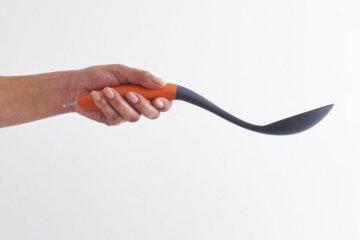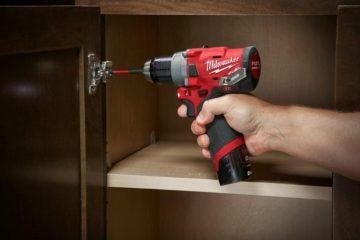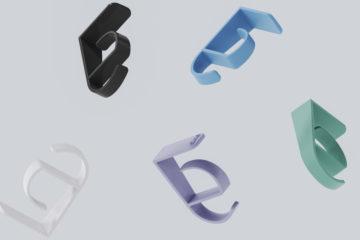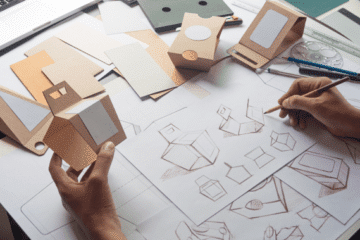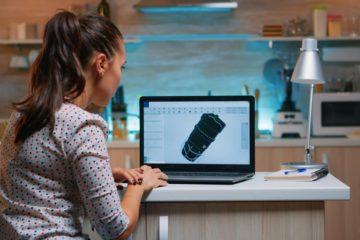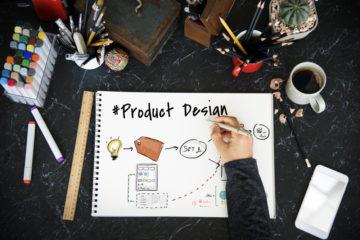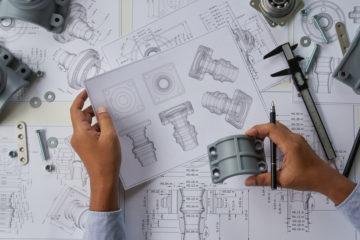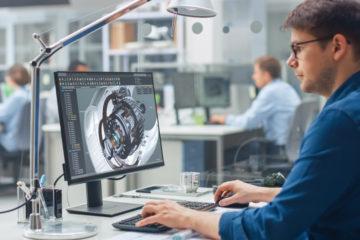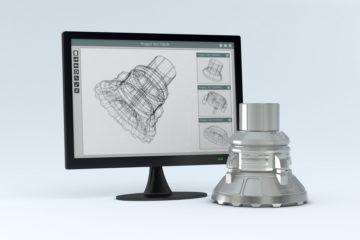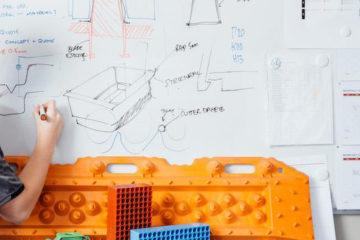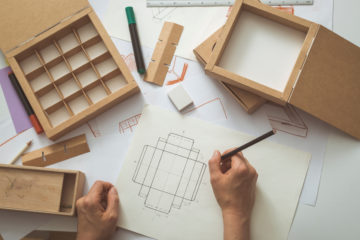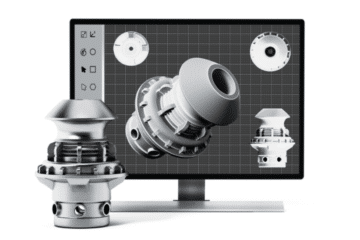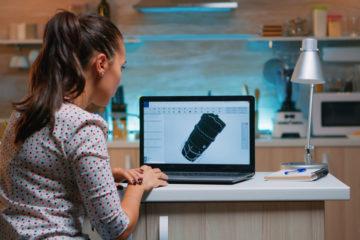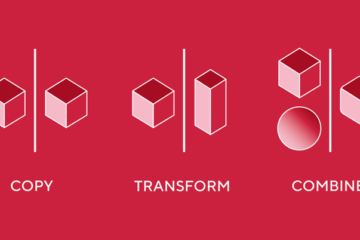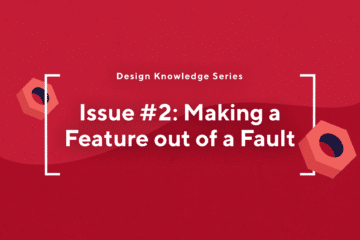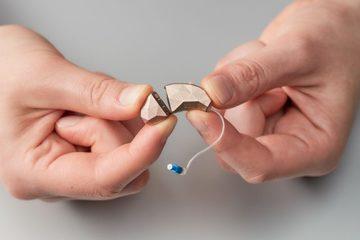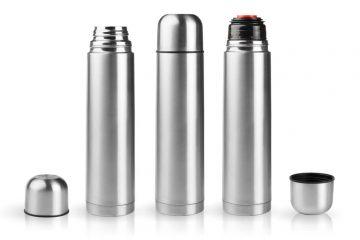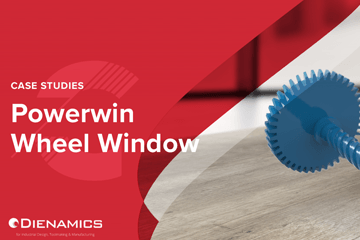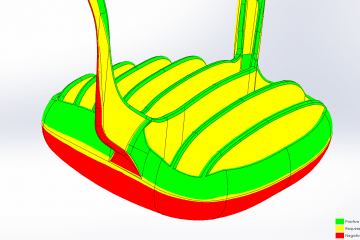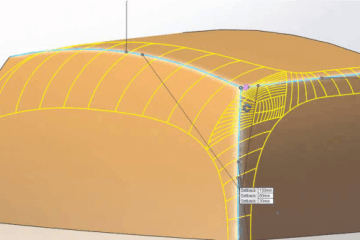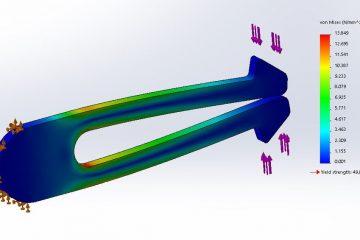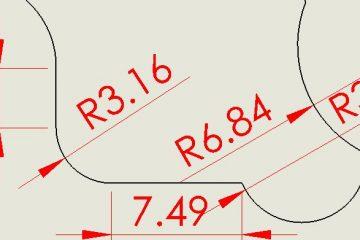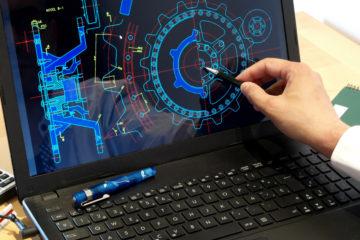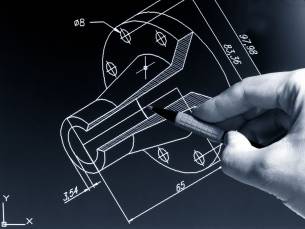The process of plastic injection moulding was invented in 1872. Full-blown utilisation of the process has now resulted in a worldwide multi-billion-dollar industry. In fact, around 32% of all plastics are processed by injection moulding systems. The durable construction, cheap prices and a steadily increasing demand has had a major impact on society.
Most consumers are unaware of the processes involved in this important industry. Plastic injection moulding is a way of making parts made from thermoplastic and thermosetting plastic by melting and forcing them into moulds which cool to form the desired products.
The process actually begins when an industrial engineer designs a product. A toolmaker then gets involved to make the mould to fit the created design. These moulds are normally made of metal, generally steel or aluminium, and these are capable of making the exact shape which is necessary.
The actual process of making the plastic item involves heating a barrel full of pellets made of thermoplastic and thermosetting plastic, and then mixing them with pigmentation products before forcing the melted result into the cavity of a mould. Once inside the mould it is allowed to cool and harden to form the desired part.
Moulds always use melted or mixed thermoplastics and then use a plunger type action to ram the melted material into the mould.
It is interesting to note that plastic was first invented in 1851 in Britain. Improvements were made in the early 1870s by an American inventor, John Hyatt, who patented the first injection moulding machine. It wasn’t until the 1940’s when the need for mass production witnessed the invention of the first screw injection machine by James Hendry. This allowed speedier production and precise controls over the finish of the final product.
Nowadays, moulding has been adapted for use in a huge variety of products. Everything from milk cartons to entire car panels and even some automotive parts are now created with injection moulding. In fact, anything that is suited for mass production comes within its scope. The advantages of moulding are many.
- High rate of production.
- High tolerance levels which can be repeated over and over again.
- Low labour costs.
- Losses by way of scrap are very minimal.
- Minimal finishing requirements.
- A wide range of materials that can be used.
Plastic injection moulding uses a huge variety of plastic types which are as varied as they are malleable. They can be used to create almost anything irrespective of the elasticity or rigidity required.
On the other side of the equation however, the cost of producing the equipment is extremely high because of the complexity and design costs. This means it is even more important to minimise running costs and to utilise correctly designed parts to minimise downtimes and mistakes.
As the market for plastic products has increased enormously over the years, moulding methods have diversified as well. Development keeps pace with the times through better moulding structures and performance times, so that the industry continues to have a very bright future.
Subscribe to Our Newsletter
Get the latest news from Dienamics into your inbox







